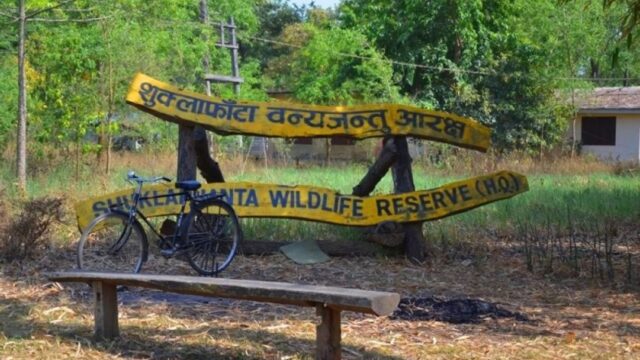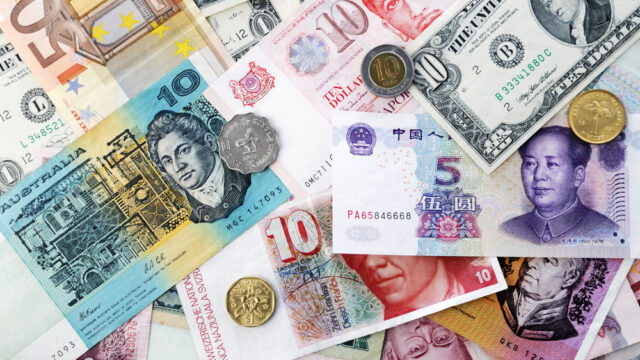One year after being opened to the public, Diyalo Bangla, a historic royal palace located in Bharatpur, has attracted a total of 63,448 visitors, generating Rs. 5.3 million in revenue, officials have confirmed. This iconic site, once a winter retreat for the royal family of Nepal, is now establishing itself as a major cultural and tourist attraction in the Chitwan region.
A Collaborative Revival of Heritage
Diyalo Bangla, which is under the ownership of the Nepal Trust, was opened to the public on this very day last year under the management of Bharatpur Metropolitan City. The collaboration between the Trust and the municipality has not only restored access to the historical site but also put a pricing structure in place to ensure its maintenance and sustainability.
According to the agreement, 60 percent of the collected revenue goes to the Nepal Trust, while the remaining 40 percent is allocated to the metropolitan city. Entry fees have been structured to be accessible to both locals and international visitors: Rs. 100 for Nepali citizens, with a 50% discount for students and senior citizens. Indian and Chinese nationals pay Rs. 150, tourists from other SAARC countries Rs. 200, and non-SAARC international visitors Rs. 300.
Historical Significance and Preservation
Bharatpur Mayor Renu Dahal, who inaugurated the palace for public viewing last year, emphasized that the initiative was part of the city’s larger goal to promote tourism during Visit Bharatpur Year 2024. She explained that the municipality, in coordination with the Nepal Trust, had undertaken essential infrastructure and preservation work to ready the palace for visitors.
According to Mayor Dahal, Diyalo Bangla holds deep historical significance. It served as a winter residence for the Nepali royal family, particularly during hunting expeditions in the Chitwan area. “This was not only a royal retreat but also a site of important royal engagements,” she noted. “Interest in the palace continues to grow, both as a site of study and as a tourist attraction.”
A Palace Frozen in Time
Inside Diyalo Bangla, visitors are greeted with a preserved glimpse into Nepal’s royal past. The palace features a large reception hall on the ground floor, where portraits of King Mahendra and King Birendra still hang. A staircase inside the palace showcases a taxidermied gharial crocodile hunted by King Mahendra in 2026 BS (1969 AD), alongside a preserved tiger’s head, both stark reminders of the hunting culture of the time.
The palace contains five bedrooms, known as “Khopi.” The first bedroom belonged to Queen Mother Ratna Rajya, the second to the king, the third to the queen, and the remaining two to other royal family members. Many of the royal items remain untouched, giving visitors an authentic experience of how the palace looked during its active days.
Adjacent to the main building is ‘Naniganj’, an area dedicated to the female attendants, as well as the ADC Quarters, which housed the security personnel assigned to the royal family. A garage for royal vehicles lies slightly further from the main complex.
A Boost to Local Tourism
Deputy Mayor Chitrasen Adhikari stated that Diyalo Bangla is helping to extend the stay of tourists who come to visit Chitwan. The palace is fast becoming an accessible and attractive destination for those traveling to and from the capital or exploring nearby areas. “Diyalo Bangla has added depth to our tourism offerings, making Chitwan more than just a wildlife destination,” Adhikari remarked.
He further noted that its central location and rich history make it an ideal stop for both domestic and international travelers. The palace’s emergence as a tourist destination also supports the local economy through increased demand for hospitality, transport, and guiding services.
Future Prospects
With increasing visitor numbers and growing interest, Bharatpur Metropolitan City plans to expand promotional activities around Diyalo Bangla and continue improving facilities for tourists. There are also discussions about adding guided tours, multilingual information boards, and interactive exhibits to make the site more engaging.
In addition, authorities are considering integrating Diyalo Bangla into regional heritage trails to boost visibility among international travel operators and cultural tourism networks. With its unique blend of royal history, preserved architecture, and growing infrastructure, Diyalo Bangla is well on its way to becoming a premier heritage site in Nepal.
In just one year, Diyalo Bangla has transformed from a closed royal retreat into a thriving public heritage site, drawing thousands of visitors and contributing significantly to the local tourism economy. Its historical value, combined with effective management and growing public interest, makes it a shining example of how cultural heritage can be preserved and repurposed for national pride and economic development.






